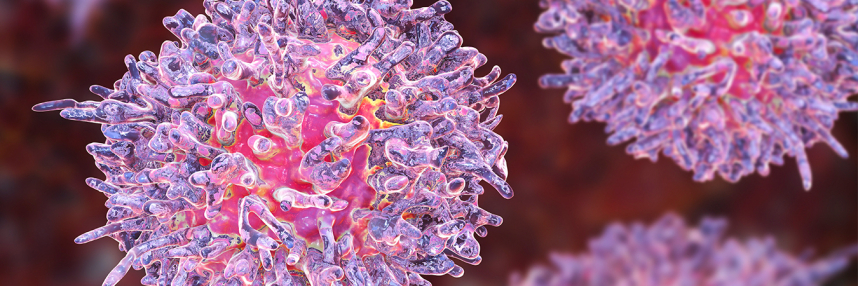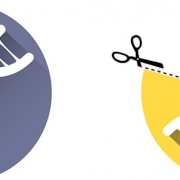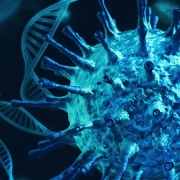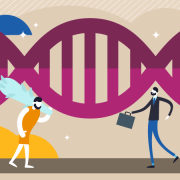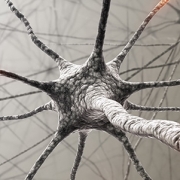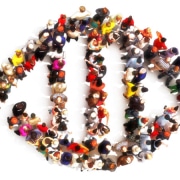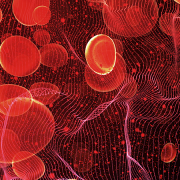Cancer therapy involving genome editing cures another child’s leukaemia
We look at a new type of CAR-T cell therapy that, in the world’s first use, has cured a child patient’s leukaemia
A new cell-based cancer treatment that uses genome editing has cured a young girl of leukaemia. Alyssa, who is 13 years old, took part in the clinical trial at Great Ormond Street Hospital after chemotherapy and a bone marrow transplant both failed.
The treatment was a type of CAR-T cell therapy, but was new in several respects: it used base editing, it targeted T cells and it used donor stem cells rather than the patient’s own.
What is CAR-T cell therapy?
T cells are a type of white blood cell and are part of the adaptive immune system. They are responsible for recognising specific foreign particles, as opposed to anything that is unfamiliar (which is what other white blood cells do). Some T cells specialise in killing cancer cells, or cells infected by viruses.
However, cancer cells are good at evading the body’s immune response, and some of the signature antigens they display (antigens are markers on the cancer cell’s surface) are not recognised by natural T cells. Enter chimeric antigen receptors (CARs), which are specially designed to recognise these cancer antigens.
CAR-T cell therapies work by providing a patient with T cells that are genetically altered to express CARs, which are then able to identify and destroy specific cancer cells.
Why the type of leukaemia matters
Acute lymphoblastic leukaemia (ALL) is the most common type of leukaemia in children and young people. There are two subtypes: B cell ALL, which is the most common subtype and which sees the cancer occur in B cells (a type of cell that produces antibodies); and T cell ALL, which occurs in T cells.
A CAR-T cell therapy called tisagenlecleucel (brand name Kymriah) is already approved by NICE for patients with B cell ALL for whom chemotherapy and bone marrow transplants have been ineffective. However, Alyssa had T cell ALL, meaning that her cancer was in the T cells as opposed to the B cells. This provided a unique challenge for CAR-T cell therapy: the T-cells programmed to recognise and attack cancerous T-cells would also end up attacking and killing each other. To avoid this, the new T cells were altered using new base editing technology to remove markers that would allow other T cells to target them.
Off the shelf
Another way in which Alyssa’s treatment was different from existing CAR-T cell therapies was the source of the new T cells.
Both CAR-T therapies currently approved by NICE require blood stem cells to be taken from the patient and sent away to be edited in the lab. This can take several weeks, and for UK patients it involves the cells being transported to the US and back.
The Great Ormond Street CAR-T cell therapy used in Alyssa’s case was made with donor stem cells, as opposed to stem cells taken from the patient, meaning that it was ready to go when Alyssa needed it. These stem cells – the same type that are given and received in a standard stem cell or bone marrow transplant – had their genomes altered (using base editing) not only to attack cancer cells and evade destruction themselves, as we described in an earlier paragraph, but to make sure they could not attack any of Alyssa’s other cells.
Although Alyssa is the first patient in the world to have received this specific treatment, in 2015 the same team at Great Ormond Street used a different donor T cell treatment to save the life of a baby girl with leukaemia. This was the world’s first case of using gene-edited immune cells to treat ‘incurable’ leukaemia, and involved an earlier method of genome editing.
Speaking about the CAR-T cell therapy used in Alyssa’s case, Great Ormond Street consultant immunologist Professor Waseem Qasim said, “It’s our most sophisticated cell engineering so far and paves the way for other new treatments and ultimately better futures for sick children … we’re looking forward to continuing our research and bringing it to the patients who need it most.”


